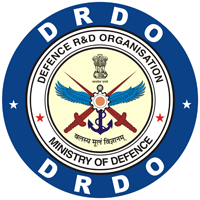Sulphur Mustard Induced Toxicity, Mechanism of Action and Current Medical Management
DOI:
https://doi.org/10.14429/dlsj.1.10089Keywords:
Sulphur mustard, vesicants, blistering agents, animal model, therapeuticsAbstract
Sulphur mustard (SM), chemically, bis (2-chloroethyl) sulphide is a bifunctional alkylating agent that causes cutaneous blisters in human or animals. It was first used in the World War I. Since then, there have been 11 conflicts where SM allegedely had caused mass distruction. Additionally, discarded weapons and stockpiles periodically come to surface during agricultural or fishing activities leading to serious injury. Concerns for threat to modern societies by the serious effects of SM, agreements to ban its production and the use has been made as per 1993 chemical weapons convention (CWC) and agent destruction programs. This short review attempts to discuss the histroy, chemical nature, mechanism of toxicity, toxicokinetics, animal models used for SM induced skin and systemic lesions, pathogenesis of SM induced lesions including medical countermeasures for SM toxicity.
Downloads
Published
How to Cite
Issue
Section
License
where otherwise noted, the Articles on this site are licensed under Creative Commons License: CC Attribution-Noncommercial-No Derivative Works 2.5 India

